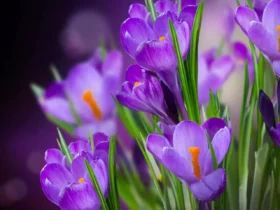In the tapestry of native flora that graces meadows and open spaces across North America, the Dotted Horsemint Flower (Monarda punctata) stands as a charming and ecologically significant presence. With its distinctive appearance, unique floral structure, and valuable role in supporting pollinators, the Dotted Horsemint Flower has become a favorite among wildflower enthusiasts and conservationists alike. In this article, we explore the captivating world of the Dotted Horsemint Flower, delving into its appearance, ecological role, cultural significance, and the allure it holds for those who appreciate the beauty of native plants.
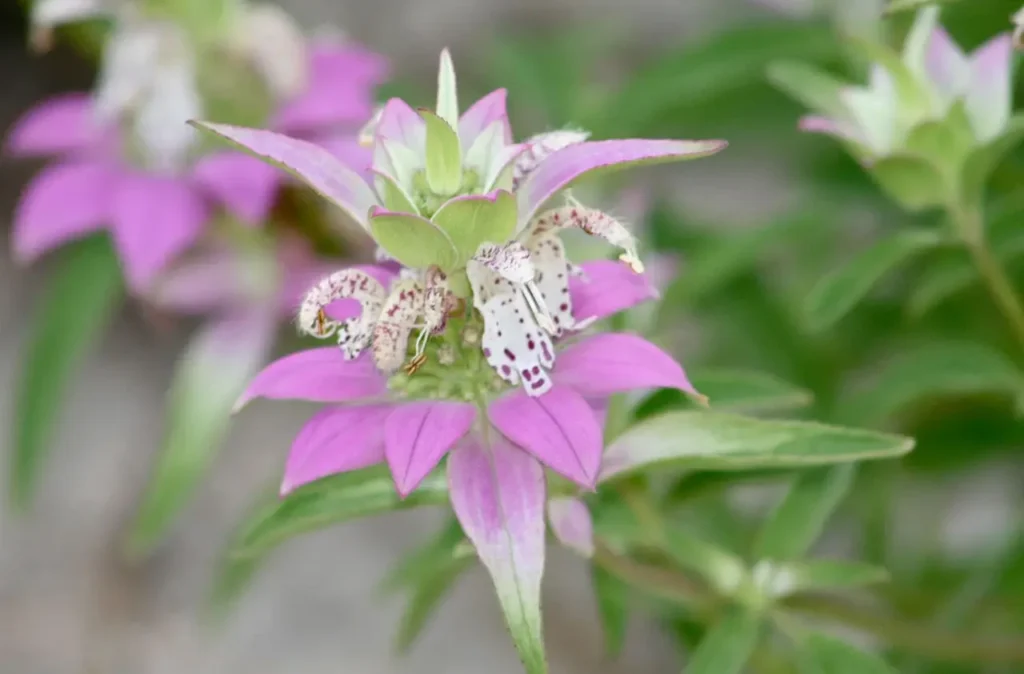

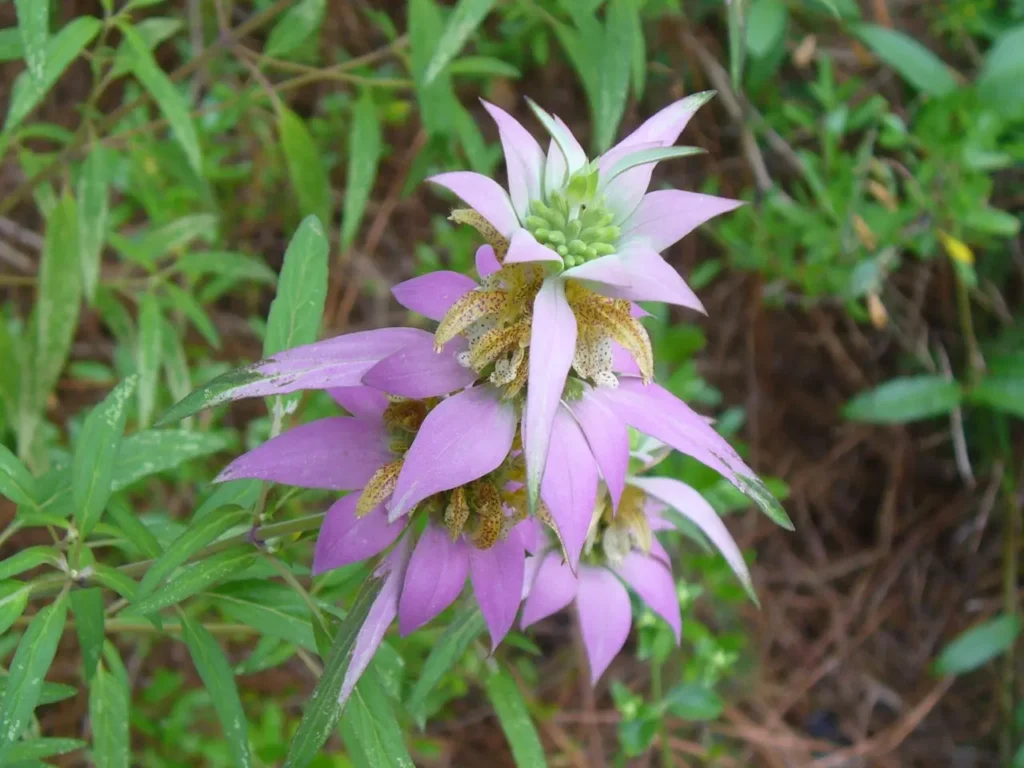
Appearance and Characteristics
The Dotted Horsemint Flower, also known as Spotted Beebalm, is a member of the mint family (Lamiaceae) and is native to regions of North America, including parts of the United States and Canada. This perennial wildflower is characterized by its unique appearance, which includes a cluster of showy bracts and tiny tubular flowers. The bracts are often pink to lavender in color and feature distinctive purple or maroon spots, giving rise to the common names “Dotted” and “Spotted.”
The tubular flowers emerge from the bracts and can vary in color from pale white to light lavender. The overall effect of the bracts and flowers creates a captivating and delicate bloom that adds color and vibrancy to meadows and prairies.
Ecological Role and Pollinator Support
One of the remarkable aspects of the Dotted Horsemint Flower is its role in supporting pollinators and fostering biodiversity. The tubular flowers, rich in nectar, attract a diverse range of pollinators, including bees, butterflies, moths, and even hummingbirds. These visitors play a crucial role in pollinating the wildflower, aiding in the reproductive process and contributing to the health of the ecosystem.
Additionally, Dotted Horsemint serves as a host plant for the caterpillars of some Lepidoptera species, including the lovely Hermit Sphinx Moth. This demonstrates the plant’s significance as a food source for both adult and larval stages of various insects.
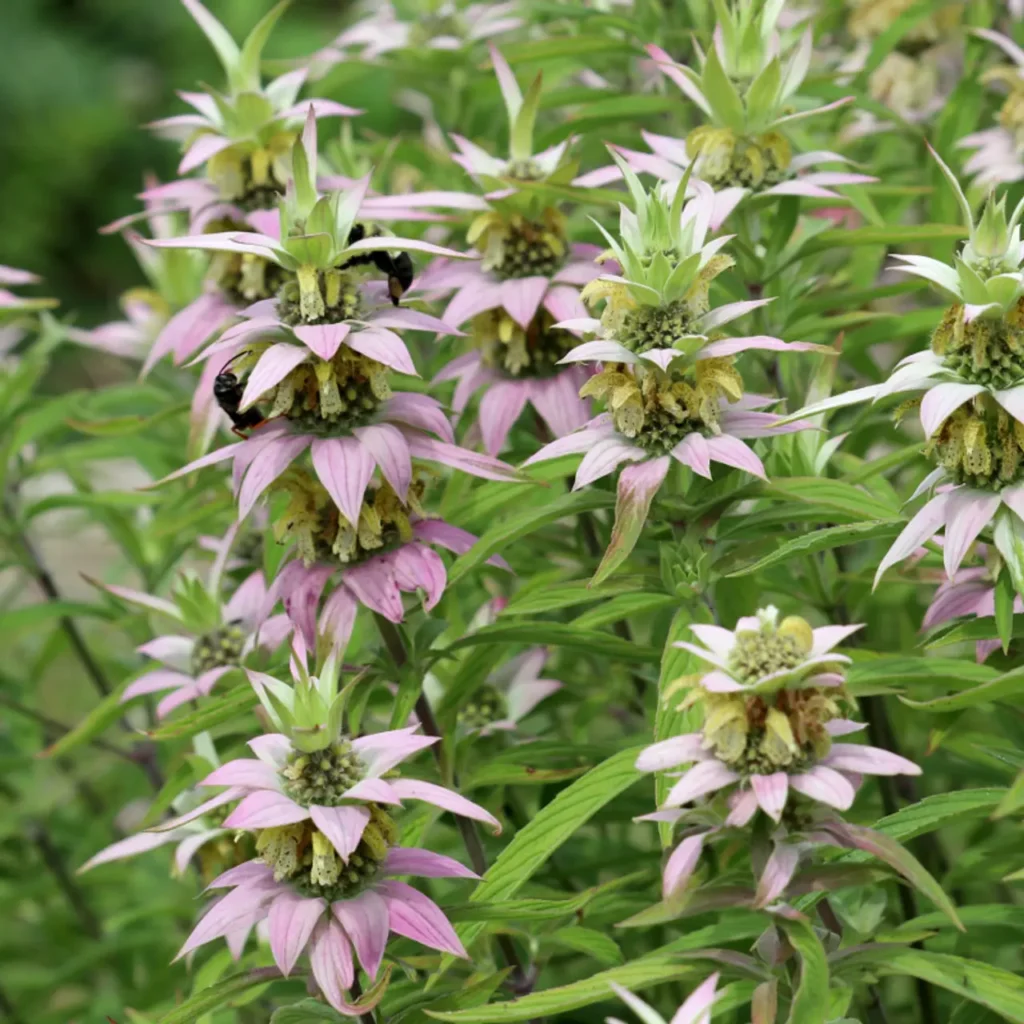
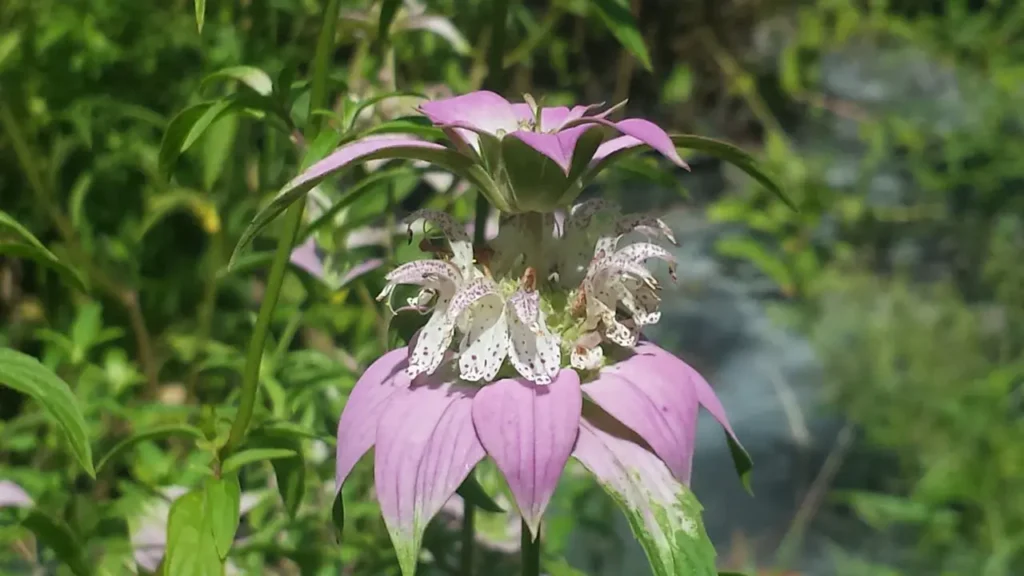
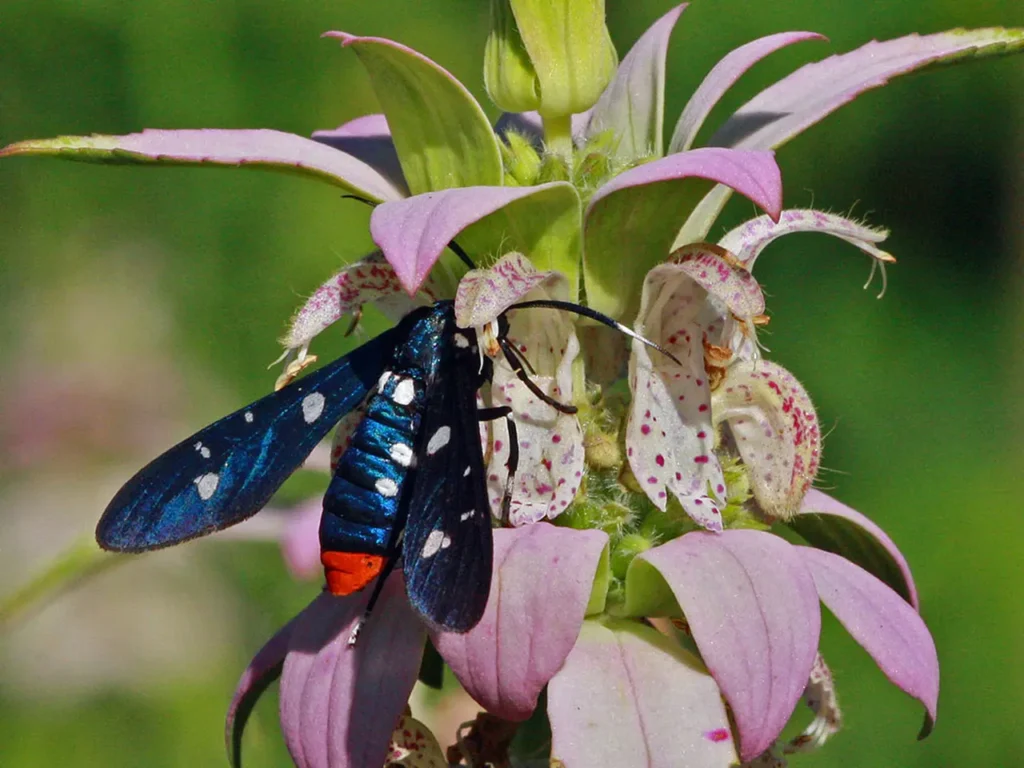
Cultural and Medicinal Uses
Beyond its ecological value, Dotted Horsemint has historical and cultural significance. Native American tribes often used parts of the plant for medicinal purposes. The leaves were used to make herbal teas believed to possess soothing properties and aid in digestion.
Conservation and Gardening
Dotted Horsemint has gained attention for its potential to be included in native plant gardens, meadow restorations, and landscaping projects. Its ability to attract pollinators and contribute to local ecosystems makes it a valuable addition to efforts aimed at conserving native flora and supporting wildlife.
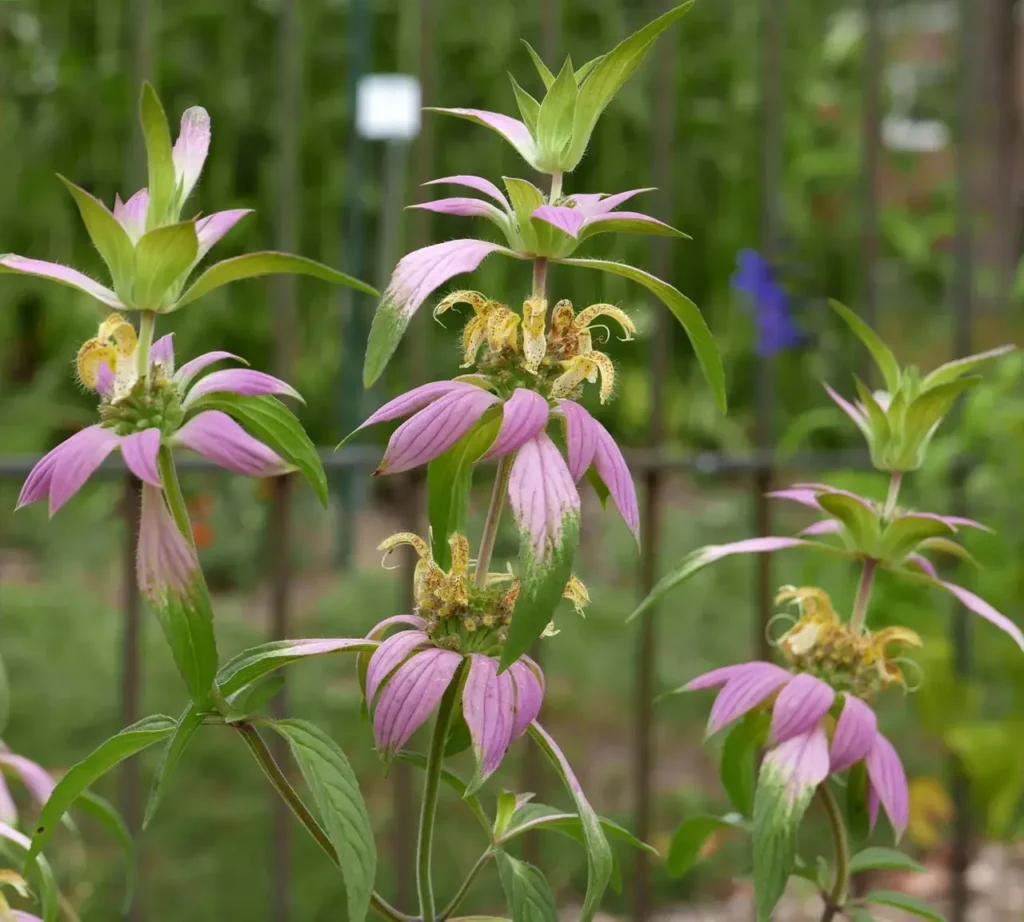
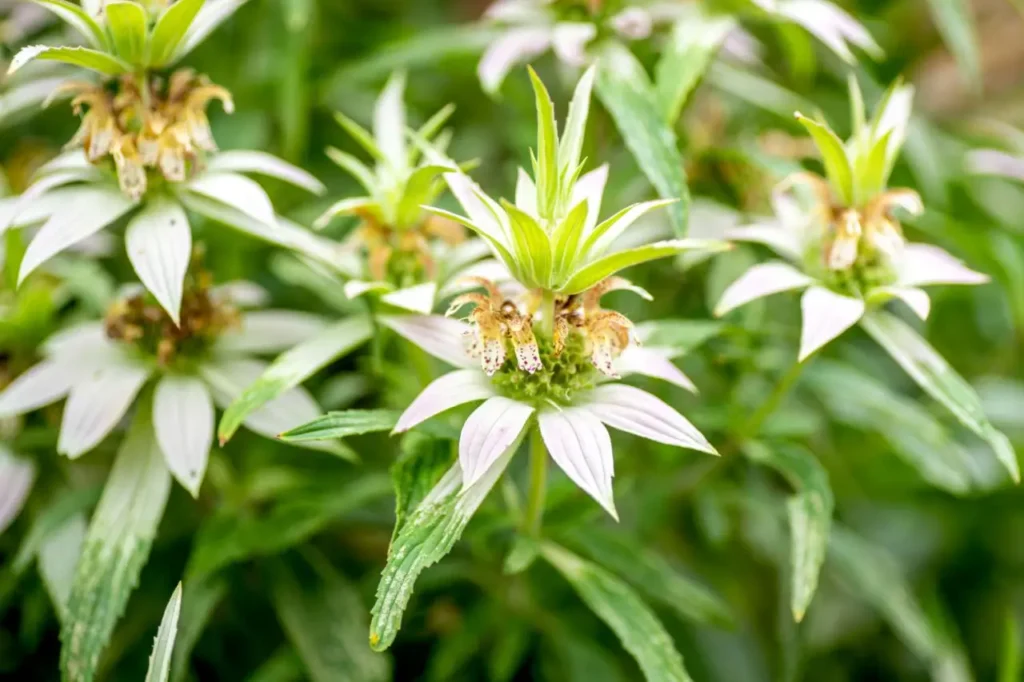
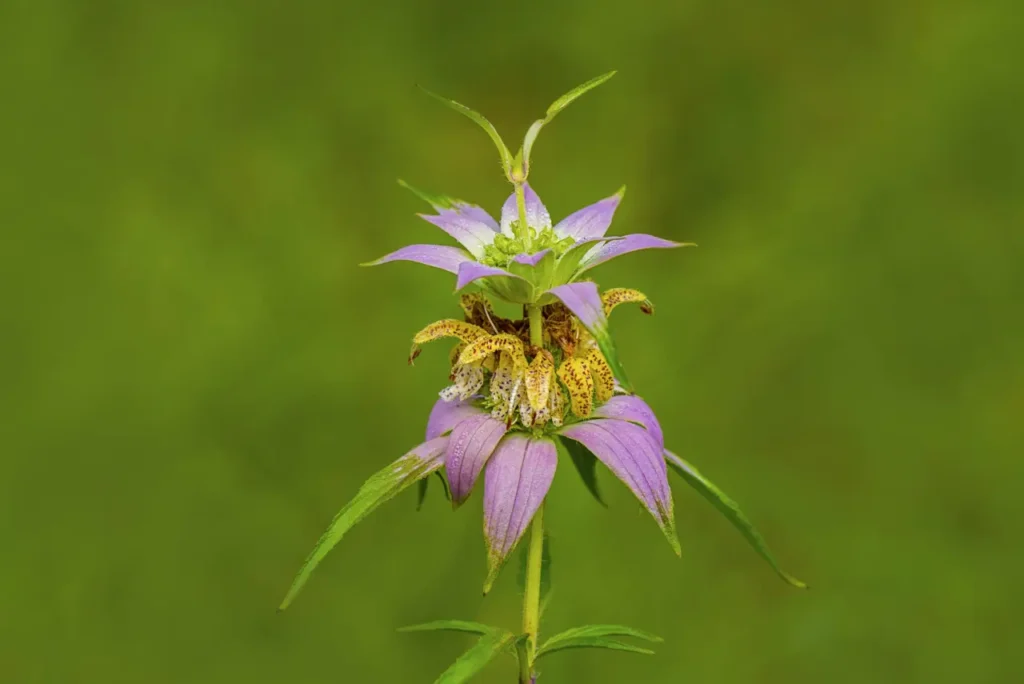
The Dotted Horsemint Flower, with its unique appearance, ecological importance, and cultural legacy, is a testament to the beauty and value of native plants in the natural world. Its role in supporting pollinators and enhancing biodiversity serves as a reminder of the interconnectedness of all living things. By appreciating and promoting the growth of Dotted Horsemint and other native wildflowers, we contribute to the preservation of our natural heritage and ensure that the delicate balance of the environment remains intact for generations to come.
